When I was young, my summer holiday usually kicked off with a visit to the local library to sign up for the summer reading program. Kids around the city would eagerly devour book after book, in the hopes of the ultimate prize—a new book of their choice. As an adult, the fact that I can go and just get a book whenever I please ranks right up there with the disbelief that I can also get candy whenever I want.
I’m not going to sit here and pretend that I only read marketing books. I’m not a dirty liar. But there are a select few resources that every social media manager needs to read.
While I could provide a list of the top 10 marketing books as recommended by Amazon, there is much more that goes into being a successful social media manager than simply “social media managing.” Don’t get me wrong, these books are there for a reason (and you’ll find some of them below), but a great social media manager needs a wide variety of skills.
Content Strategy for the Web
By Kristina Halvorson and Melissa Rach
This book has been making its way around BCG offic'ses, becoming more disheveled with each handoff. Many colleagues have been tooting the horn of authors Kristina Halvorson and Melissa Rach approach to content strategy.
Social media is a crucial part of content marketing, so mastering the art of content strategy is something you need to know how to do. Halvorson and Rach teach you exactly how to do this, sharing their expertise and instructions on everything from completing a content audit to leading a project. If others in your company don’t think that content strategy is important, fear not—the authors shares the perfect persuasion tactics for this situation.
Purple Cow
By Seth Godin
Described as “the godfather of marketing books”. Purple Cow has more than just an intriguing title. Author Seth Godin aims to change the way people think about marketing.
It can be difficult for social media managers to come up with original content day in and day out, so sometimes you just need a purple cow. As Godin explains, “Purple Cow describes something phenomenal, something counterintuitive and exciting and flat out unbelievable. Every day, consumers come face to face with a lot of boring stuff—a lot of brown cows—but you can bet they won’t forget a Purple Cow.”
Delight your audience and customers after you get inspired to create your own “purple cows” with your social media content.
Contagious: Why Things Catch On
By Jonah Berger
A New York Times bestseller and named the Best Marketing Book of 2014 by the American Marketing Association, many members of the Hootsuite marketing department recommend this book. While ‘going viral’ might not be the best goal for a social media manager, getting your brand noticed on social is definitely a key objective.
Berger dives into six “contagious” qualities that impact everything from consumer products to media content. Learn how you can use these qualities to create your own shareable content.
Thinking, Fast and Slow
By Daniel Kahneman
Why do we do what we do? What drives the choices that we make? These are important things for any social media manager to think about when crafting content, and Daniel Kahneman’s work explores these ideas in-depth. A Nobel Prize winner for his work on decision-making, Kahneman is an expert in human behavior—something that any social media manager needs to understand.
Connected: The Surprising Power of Our Social Networks and How They Shape Our Lives — How Your Friends’ Friends’ Friends Affect Everything You Feel, Think, and Do
By Nicholas A. Christakis and James H. Fowler
Authors and scientists Nicholas Christakis and James Fowler explore the social networks and connections human beings have, and how these connections influence our decisions.
As a social media manager, you know that your online networks have huge power, so learning how these connections work, and how to grow them, will help inform your social strategy.
Everybody Writes
By Ann Handley
I included this irreplaceable resource in my post So You Think You Can’t Write: 8 Writing Resources for Non-Writers and it’s a definite must-read for social media managers.
Writing is a skill that all marketers need to have, and Ann Handley offers a clear and concise guide to mastering it. Handley explains that content is “everything your customer or prospect touches or interacts with—including your own online properties and web pages and the experiences they offer, but also everything on any social channel.”
If you are trying to get your audience’s attention, you’re going to need the social media content to match. This book will help you create just that.
Hug Your Haters
By Jay Baer
Social media customer service is undoubtedly an area every social media manager needs to master, and Jay Baer’s book is the perfect resource. You already know that ignoring your upset customers on social media is a poor approach, but knowing exactly how to deal with them can be a challenge. With this book, you’ll learn how to not only manage your “haters,” but turn every negative experience into a positive one that can work for you and your brand.
Likeable Social Media
By Dave Kerpen
I was crossing the border into the United States for a shopping trip recently, and the border security officer asked what I do for work. I explained that I write. When I told him “social media and content marketing” he let out a loud groan. What is it about the subject that makes some people cringe? How do you ensure that you aren’t sharing cringe-worthy content on your own channels?
Author Dave Kerpen explores how to listen to your customers so that you can deliver valuable content—and prove even the most cynical border security guards wrong.
Social IMC: Social Strategies with Bottom-Line ROI
By Randy Hlavac
Having a social media plan is all well and dandy, but do you know how your strategy actually benefits your business? Author Randy Hlavac explains “there are many books out there on the theories behind the use of social media and mobile applications in marketing—but this is not one of them.”
Instead of broad theories, Hlavac provides actionable strategies and proven tactics that can bring results. This social media how-to guide will show you how to build a strategy , with you at the helm, your brand sees profit and growth
Jab, Jab, Jab, Right Hook: How to Tell Your Story in a Noisy Social World
By Gary Vaynerchuk
As a social media manager, you know that one of your biggest challenges is getting your message heard. The sheer volume of content shared every second means that you need to work extremely hard to make sure you’re creating unique and valuable content. This is where Gary Vaynerchuk’s book comes in. He shows you how to adapt your content to specific channels and how to keep up with the ever-changing nature of the social media landscape.
In order to be successful in the world of social media and content marketing, you need to stay ahead of the curve. While theory can easily become outdated, the above references are great for building a solid foundation of ideas and skills.




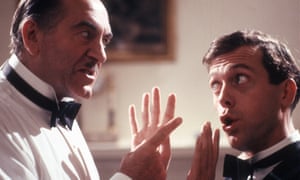

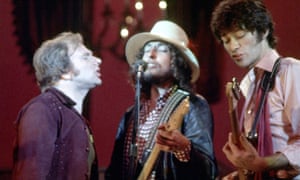

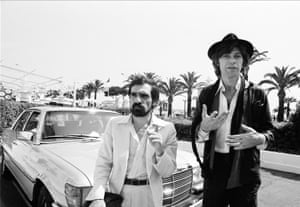



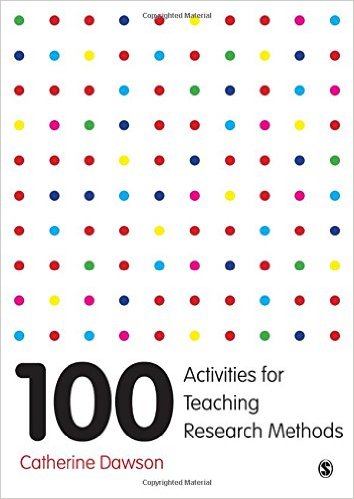
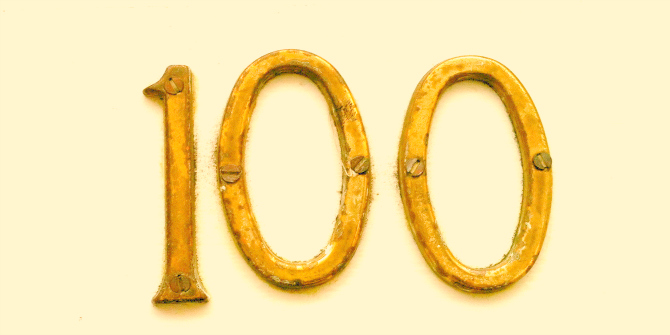 Image Credit: (
Image Credit: (